The Legacy of the MSC Napoli
On January 18, 2007, the MSC Napoli, a 275-meter (900-foot) container ship was on passage in the English Channel when she got caught in stormy weather and suffered catastrophic hull damage. Lessons learned from the incident have led to advances in vessel design and safety.
The 4,419TEU container ship was sailing at a speed of 11 knots, and the height of the waves was up to nine meters (30 feet) when she suffered a catastrophic failure of her hull in way of her engine room. The master quickly assessed the seriousness of the situation and decided to abandon ship.
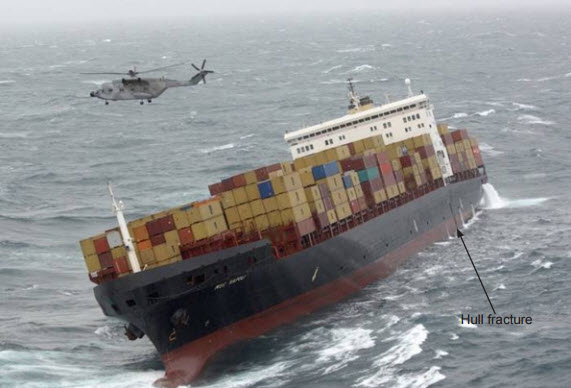
The crew of 26 were later picked up from their enclosed lifeboat by two Royal Navy helicopters.
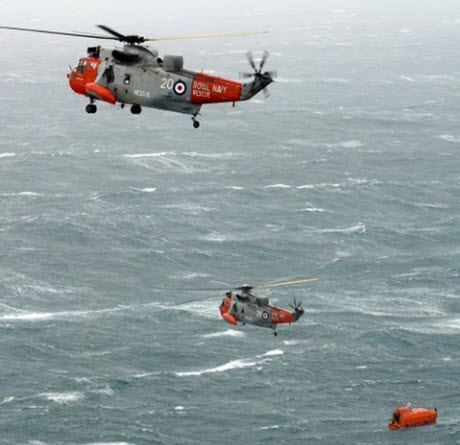
MSC Napoli was subsequently taken under tow towards Portland, U.K. but, as the disabled vessel approached the English coast, it became evident there was a severe risk she might break up or sink, and she was intentionally beached in Branscombe Bay on 20 January 2007.
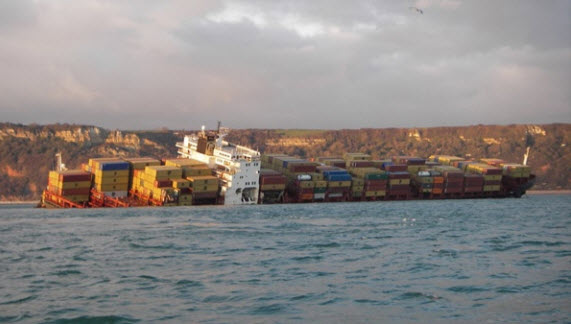
During the following five months, most of the vessel’s fuel oil and the remaining containers were removed. MSC Napoli was refloated on July 9, 2007, but it was soon apparent that she was in a poor condition and she was re-beached three days later. On July 20, the vessel was separated using explosive charges approximately in way of where the hull had failed.

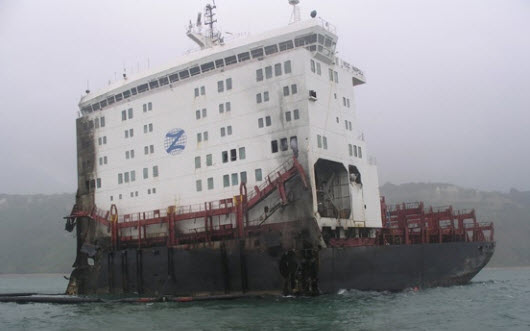
Structural Failure
The investigation has identified a number of factors which contributed to the failure of the hull structure, including:
• The vessel’s hull did not have sufficient buckling strength in way of the engine room.
• The classification rules applicable at the time of the vessel’s construction did not require buckling strength calculations to be undertaken beyond the vessel’s amidships area.
• There was no, or insufficient, safety margin between the hull’s design loading and its ultimate strength.
• The load on the hull was likely to have been increased by whipping effect.
• The ship’s speed was not reduced sufficiently in the heavy seas.
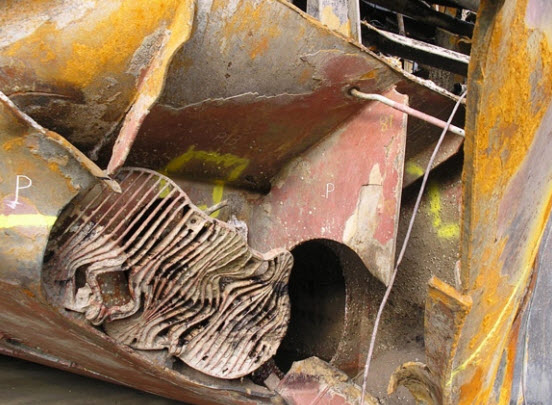
In view of the potential vulnerability of other container ships of a similar design, the U.K. Marine Accident Investigation Branch requested the major classification societies to conduct urgent checks on the buckling strength of a number of ship designs. Over 1500 ships were screened, of which 12 vessels were identified as requiring remedial action; a further 10 vessels were identified as being borderline.
Since that time, class rules for container ships have evolved, with recent unified requirements for container ships contracted from July 1, 2016 when the International Association of Classification Societies developed rules aimed at the growing size of container ships. The new rules were partly a response to the loss of the MOL Comfort in 2013 and built on work done the structural failure on the MSC Napoli.
U.K. Response Effort
Hugh Shaw, the Secretary of States Representative (SOSREP) said: “The scale of the response and resources required to the salvage the MSC Napoli was immense. Fortunately, shipping incidents as time and resource heavy as the MSC Napoli are rare within the U.K.’s jurisdiction.
“Like with all shipping incidents that occur in our waters, we make every effort to protect the environment, and the MSC Napoli was no different. The strategy was unusual in that we deliberately grounded the vessel in Lyme Bay to mitigate against a potentially far more serious situation. Failure to take this action would have led to the significant risk of the vessel sinking in the open seas of the English Channel, which could have led to long term environmental consequences as well as navigation safety issues.”
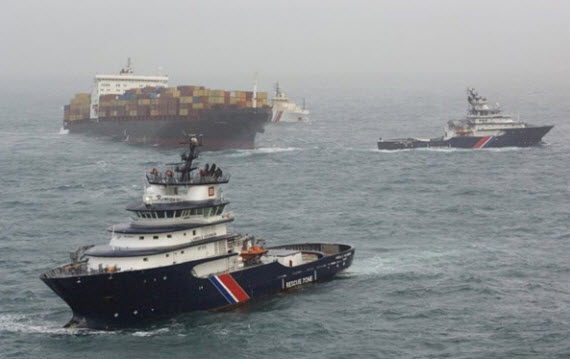
Once the MSC Napoli was in the shallow, sheltered waters of Lyme Bay, the salvage operation was infinitely more manageable, says Shaw.
“From beginning to end the salvage of the MSC Napoli took 924 days, and although lengthy, its conclusion set a benchmark in how we mitigate threats to the environment and the public when we conduct training exercises based on the potential of future incidents arising of this nature and scale. It was also a good example of multi-agency and international organisations liaising together. Thankfully, no U.K. shipping incident has come remotely close to this timescale in the 10 years since MSC Napoli.”
The accident investigation report is available here.
A Steamship Mutual case study is available here.
